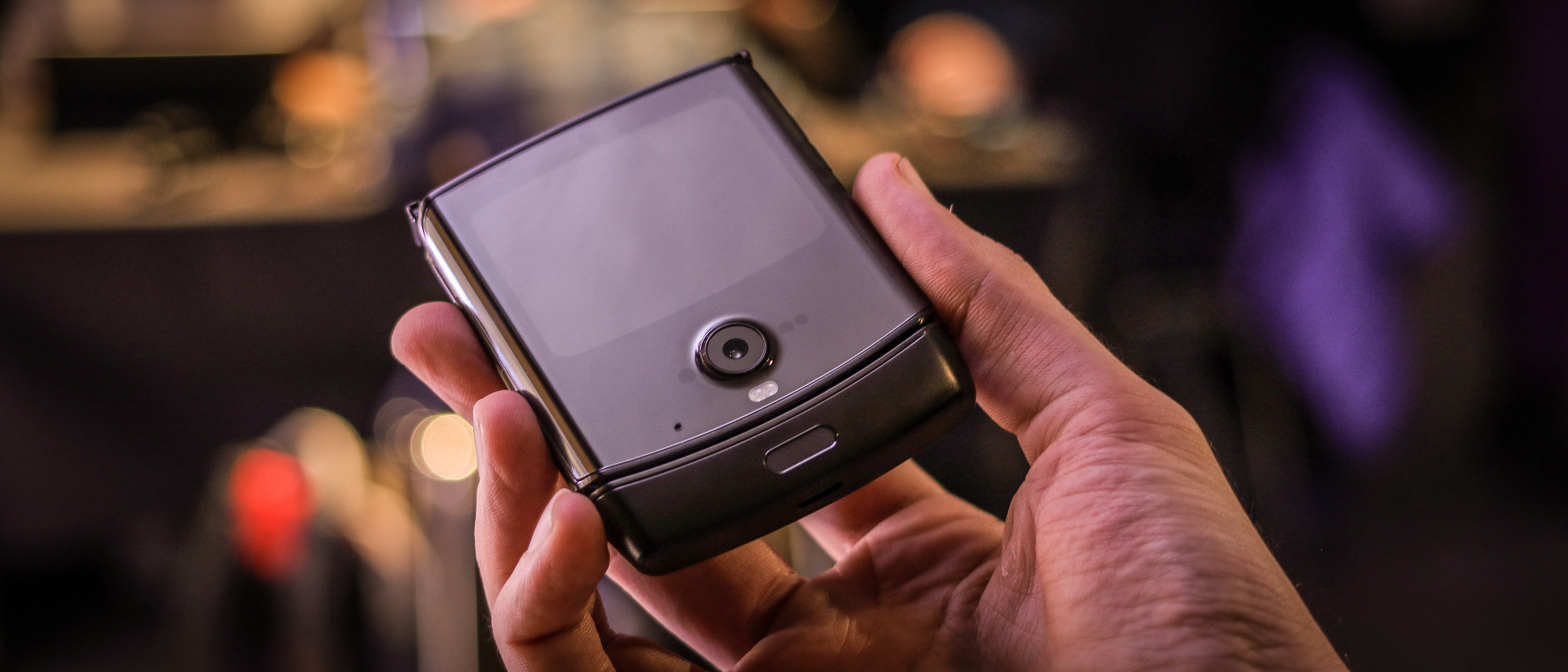Early Verdict
The Motorola RAZR may not be the most striking foldable we’ve ever seen, but it serves up the most promising form factor for an average user, and after a short time with it, we have more confidence in its design than in that of the competition. How it fares with real world use remains to be seen, and at $1500, there probably won’t be too many people picking one up until the price drops, but irrespective, the launch of this nostalgic flip phone bodes well for the future of foldables.
Pros
- +
Fantastically nostalgic design
- +
Feels robust on first impression
Cons
- -
Middling specs
- -
Luxury price
Why you can trust Digital Camera World
The Motorola RAZR V3 was an icon when it launched in 2004 nuzzled in the hands of celebrities and across glossy spreads around the world. Whether you were a celebrity or not, there’s a good chance you or one of your friends had a RAZR, given the fact it was the best-selling flip-phone of all time, shifting more than 130m units.
With the rise of the smartphone, though, Motorola lost its footing for a few years, was bought and sold by Google and now lives as part of Lenovo, the Chinese tech giant, who has resurrected the brand as a midrange champ.
• See also Best Motorola phones
Now, Motorola’s most exciting phone to date, the RAZR has also been reinvented and looks like it will be the second foldable phone set to go on sale in the UK and US.
Design and screen
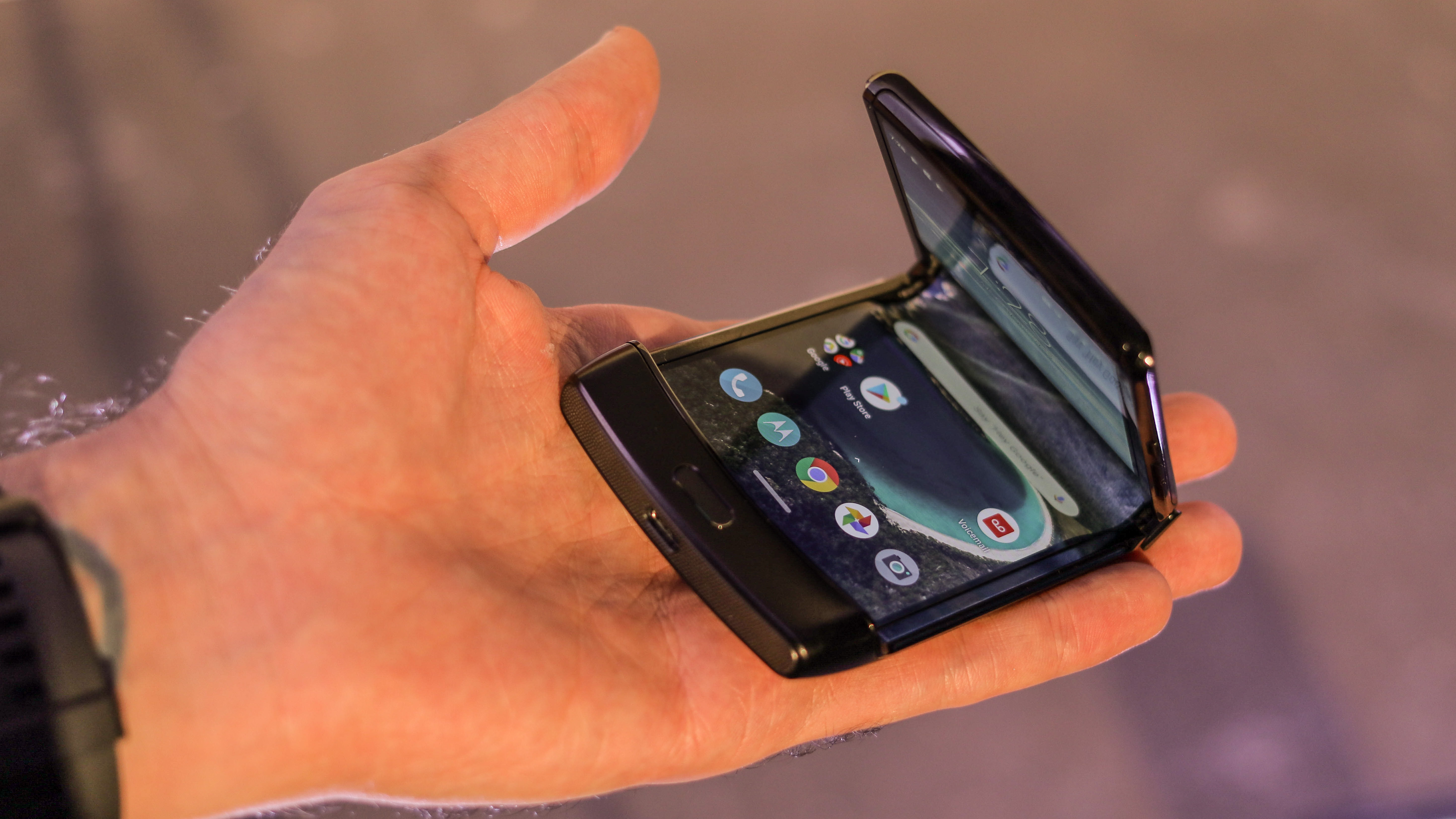
The new RAZR is all about flip-phone design and a folding screen. A quick glance over its specs and you’ll see that they’re middling for a phone of the RAZR’s price, but everything from the midrange chip to the single rear camera was chosen to enable this folding phone to carry forward the RAZR name and fit in the palm of your hand.
In a nutshell, or clamshell, when closed, the new RAZR has the same thickness as the original - 14mm, making it a compact device with a front screen that offers basic functionality.
Flip it open, and a 6.2-inch, 21:9, 876 x 2142 display unfurls within. The RAZR’s chin has returned below it, housing the brains of the phone within and a fingerprint scanner on the front. The sole primary 16MP camera is below the smaller, secondary display on the front when the phone is closed.
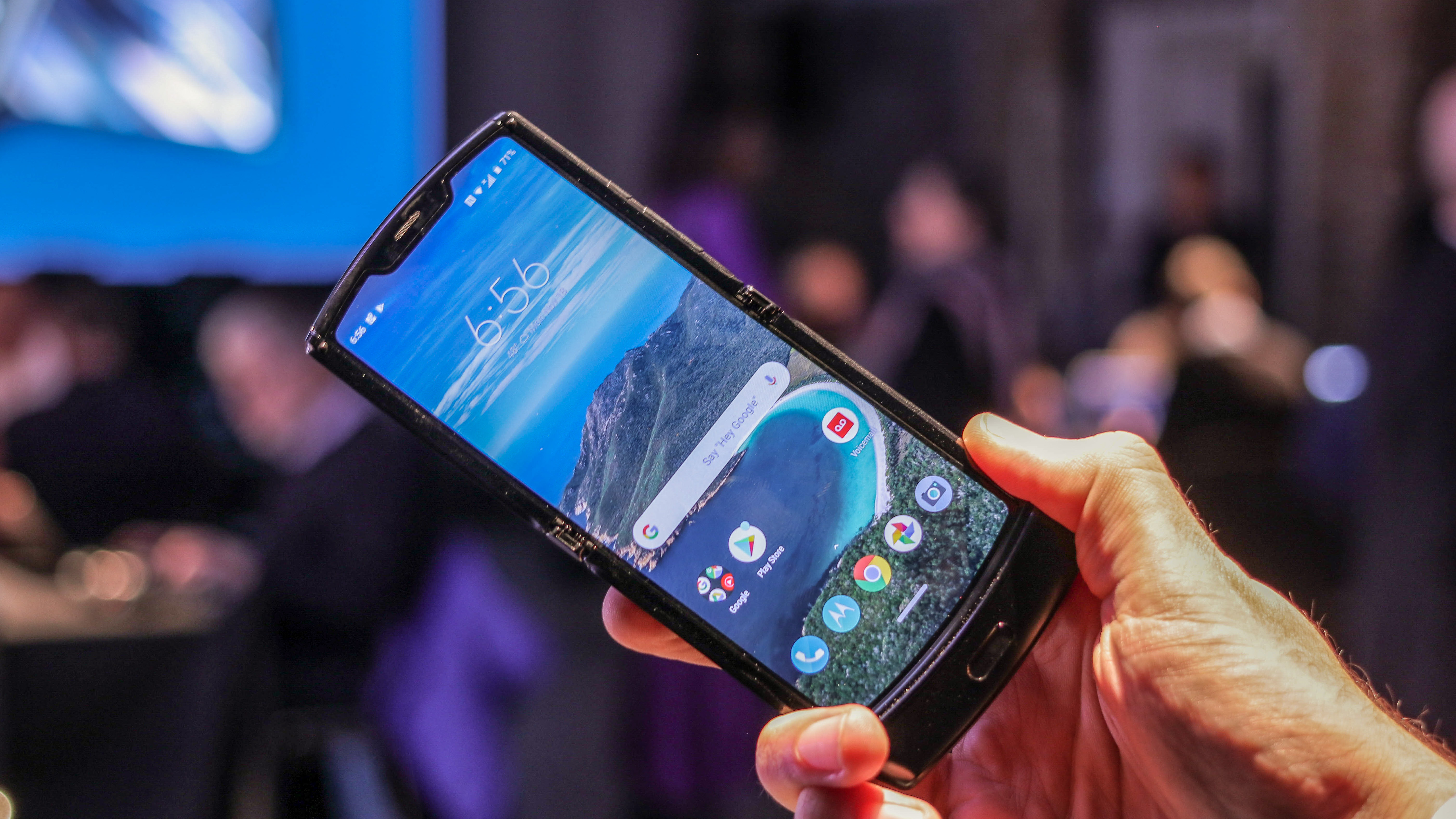
The reason the RAZR is getting such a good reception with press isn’t just nostalgia - it’s the utility of Motorola’s design. Flexible OLED displays are plastic which scratches easily; so having them wrap around the phone and always exposed is a terrifying durability prospect - that’s one of the reasons we reckon the Huawei Mate X has taken so long to hit the market - other than the political situation Huawei’s in the US government, of course
If the screen folds inwards though, as with the Samsung Galaxy Fold, then there’s a gap in the crease when closed, which is a weakness from a design point of view and a dust trap. The Galaxy Fold was recalled and relaunched with a pushed back general release because it was too fragile - so Motorola had to do something different.
With the help of two metal plates, an ingenious stainless steel hinge and a screen that actually slides a couple of millimetres into the phone’s chin when closed, Motorola has managed to create a zero-gap fold that makes this flip-phone feel incredibly robust for a device with moving parts.
How the RAZR fares in the real world remains to be seen, but Motorola is offering a two-year warranty for added peace of mind.
Camera
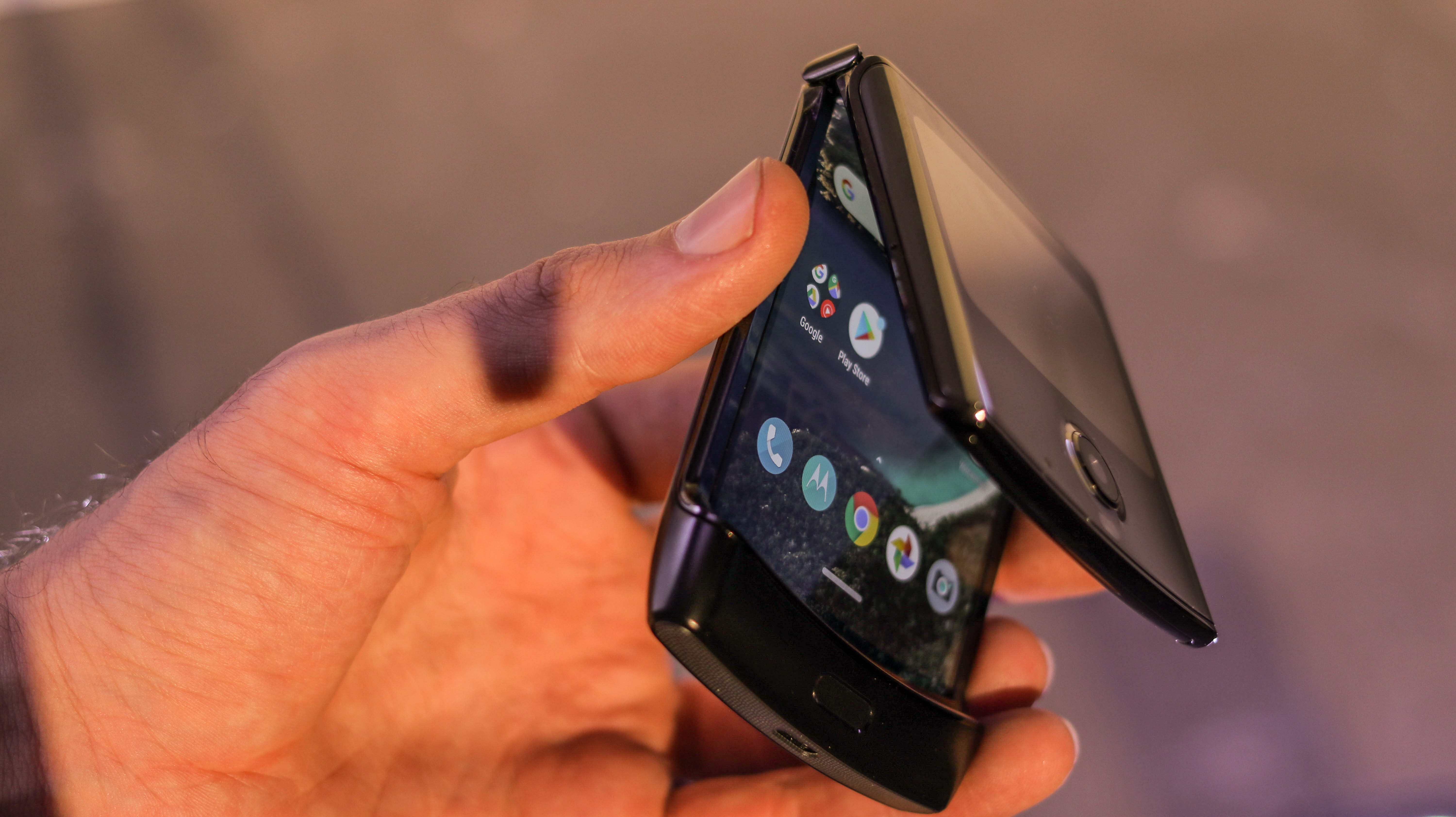
As with most of the specs, imaging has taken a bit of a backseat when compared to most flagships on the new RAZR, with a sole 16MP primary camera with an f/1.7 lens and Dual Pixel PDAF.
There’s also a ToF camera alongside it for depth perception, and inside, a 5MP selfie camera housed within the notch - that said, you probably won’t use it for selfies. Instead, the main camera can engage the mini display as a viewfinder so you can snap-happy when the phone is closed. This way, your selfies are coming from the best camera on the phone - similar in principle to the ZTE Nubia Z20.
Additional specs
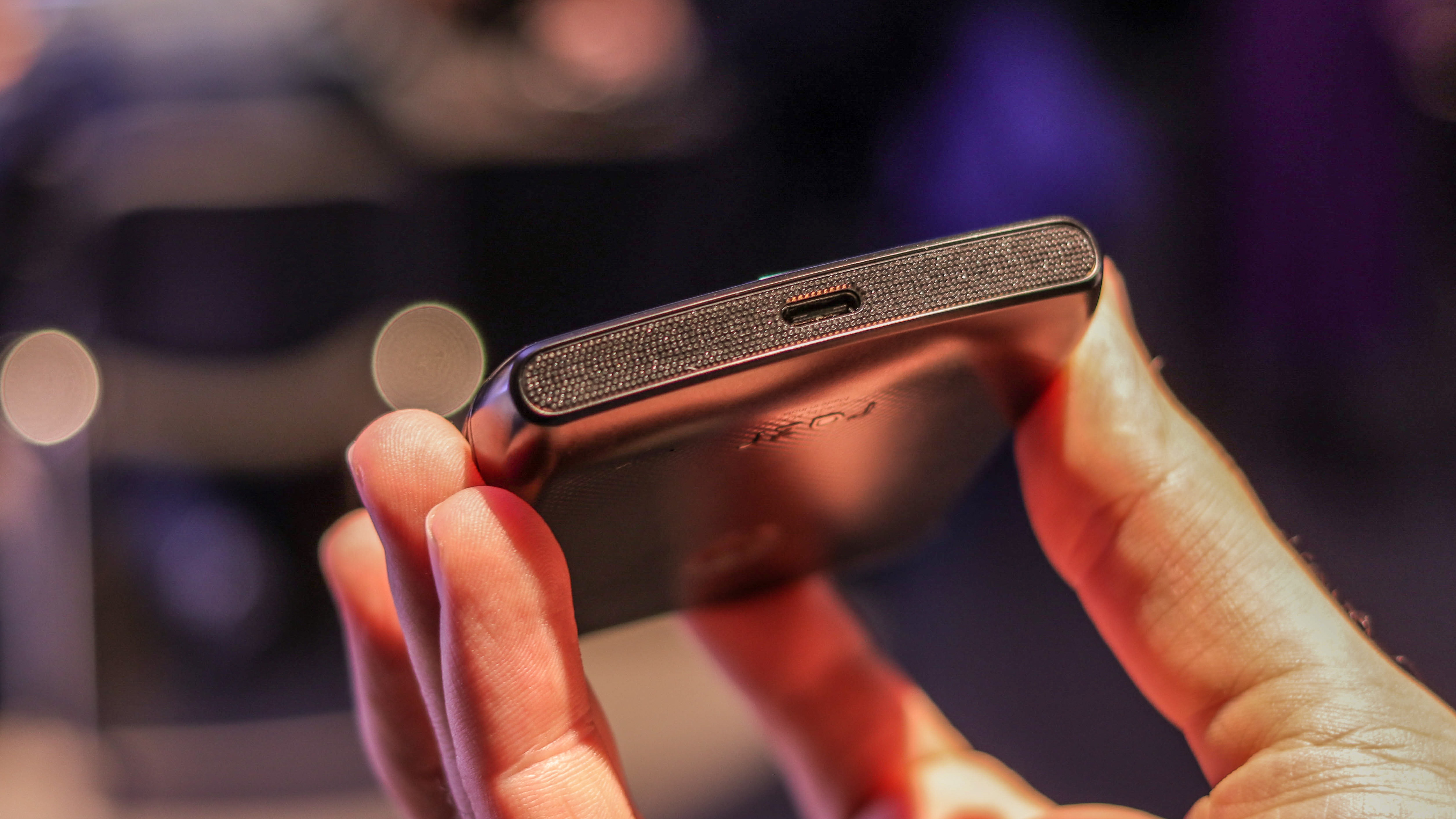
Motorola ran through the design process of the RAZR with us and explained that in order to create a phone with the RAZR’s form factor, they needed to go with an upper midrange chipset - the Qualcomm Snapdragon 710. The reason for this is primarily heat management, and battery consumption, given the fact that there's only a 2510mAh cell inside - a smaller capacity than in most smartphones.
All this wouldn’t be particularly difficult to stomach if the phone was affordable, but at $1500 (UK price has yet to be announced), it’s anything but. Still, as a design-led proof of concept and a slice of the future for anyone with the cash to splash, we can’t help but be impressed here. If this is, indeed the shape of foldables, when prices drop and specs climb a little higher, it’s looking a whole lot more promising than it was before the RAZR arrived.
Read more
The best camera phone in 2019
The best dash cams in 2019
Which is the best iPhone for photography?
Basil Kronfli is a freelance technology journalist, consultant, and content creator. He trained in graphic design and started his career at Canon Europe before moving into journalism. Basil is also experienced in video production, independently running the YouTube channel TechEdit, and during his time at Future, he worked alongside the Digital Camera World team as a senior video producer.
